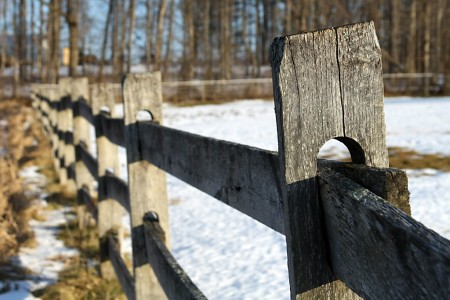Before long, I expect that many cameras will have built-in GPS receivers and the option to automatically tag every photo with the geographic coordinates of the place where it was taken. That will allow for some neat new kinds of displays: from personal photo maps that show the results of a single person’s travels to composites of the photos a great many people have taken of the same place.
For those who would be interested in such things, but don’t yet have equipment that can locate itself, it seems like there could be a simple workaround. These days, low-cost GPS tracking devices are very affordable. All you need is a camera and a tracker with coordinated clocks. Then, you carry the tracker with you when you take photos. After you upload them to a computer, you can run software to automatically attach location data from the tracking system to the photos. Given the increasing number of cell phones with GPS capability, they might be the ideal devices to provide such locational data. You could even configure one to automatically upload a track of your movements to a web service which would then match up that information with photos you upload later.
One snag would be photos taken in areas where GPS doesn’t work, such as on the subway. To deal with that, users could be presented with a few choices. The coordinates from the closest point in time where data is available could be used, a very general coordinate for the city or region in question could be substituted, or such photos could simply be left untagged.
No doubt, people could dream up some very clever ways of using this kind of data, especially once a lot of it was online. You could, for instance, produce collages of how a particular area looked over time. A mountain valley could be presented from the perspectives of everyone from those hosting afternoon picnics to those undertaking technical climbs of the peaks, with spring and summer photos contrasted against snowy winter shots. Groups of friends could also watch their trails of photos diverge and overlap, as they move around the world.
All told, it could be a very interesting experiment in communal memory.




